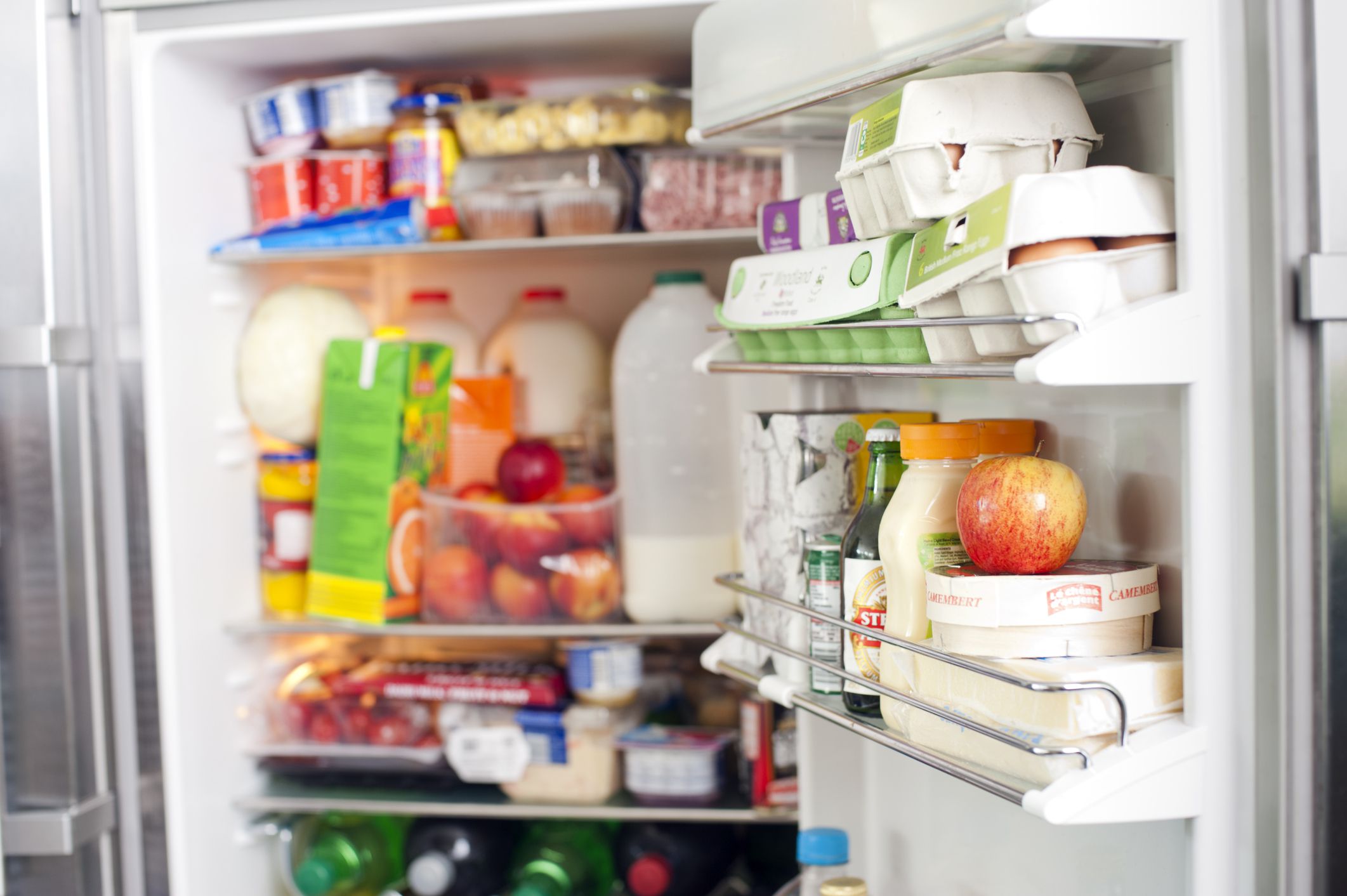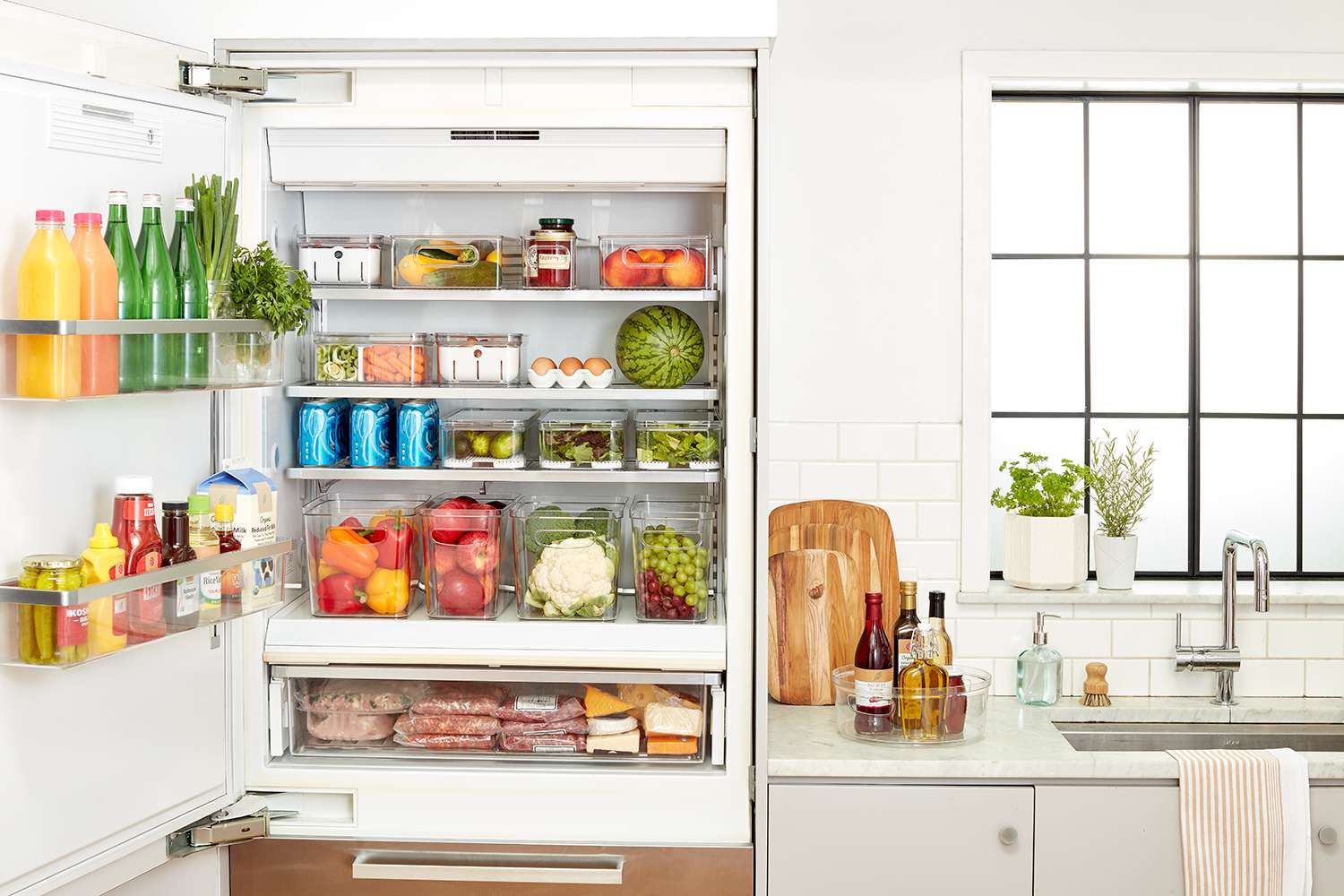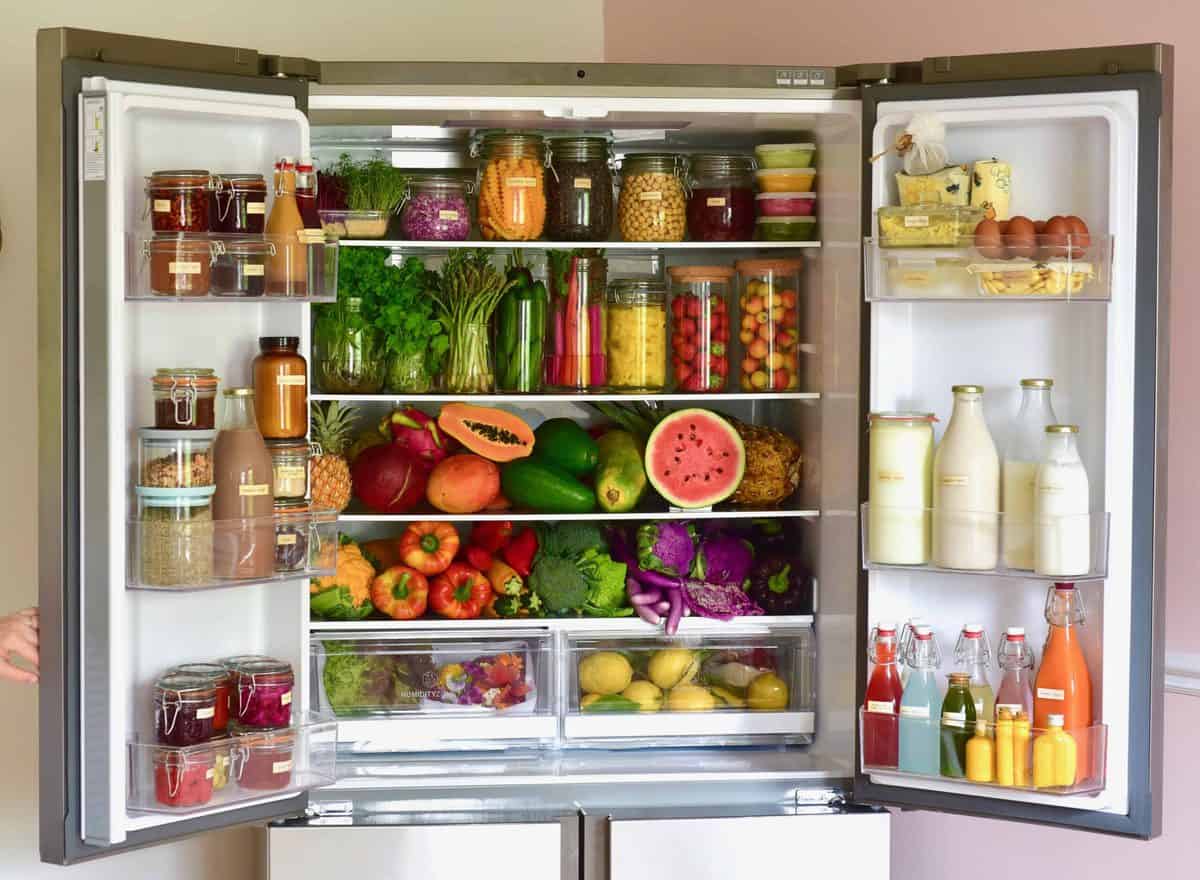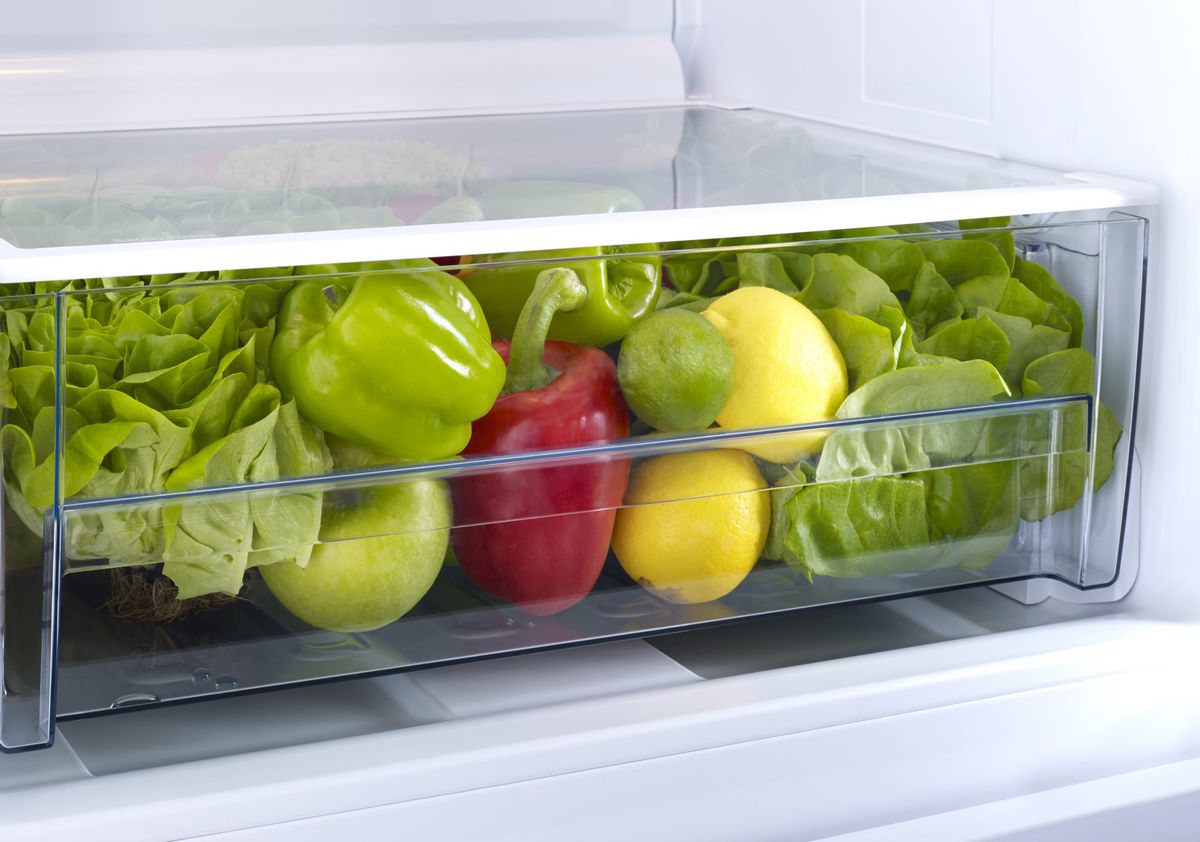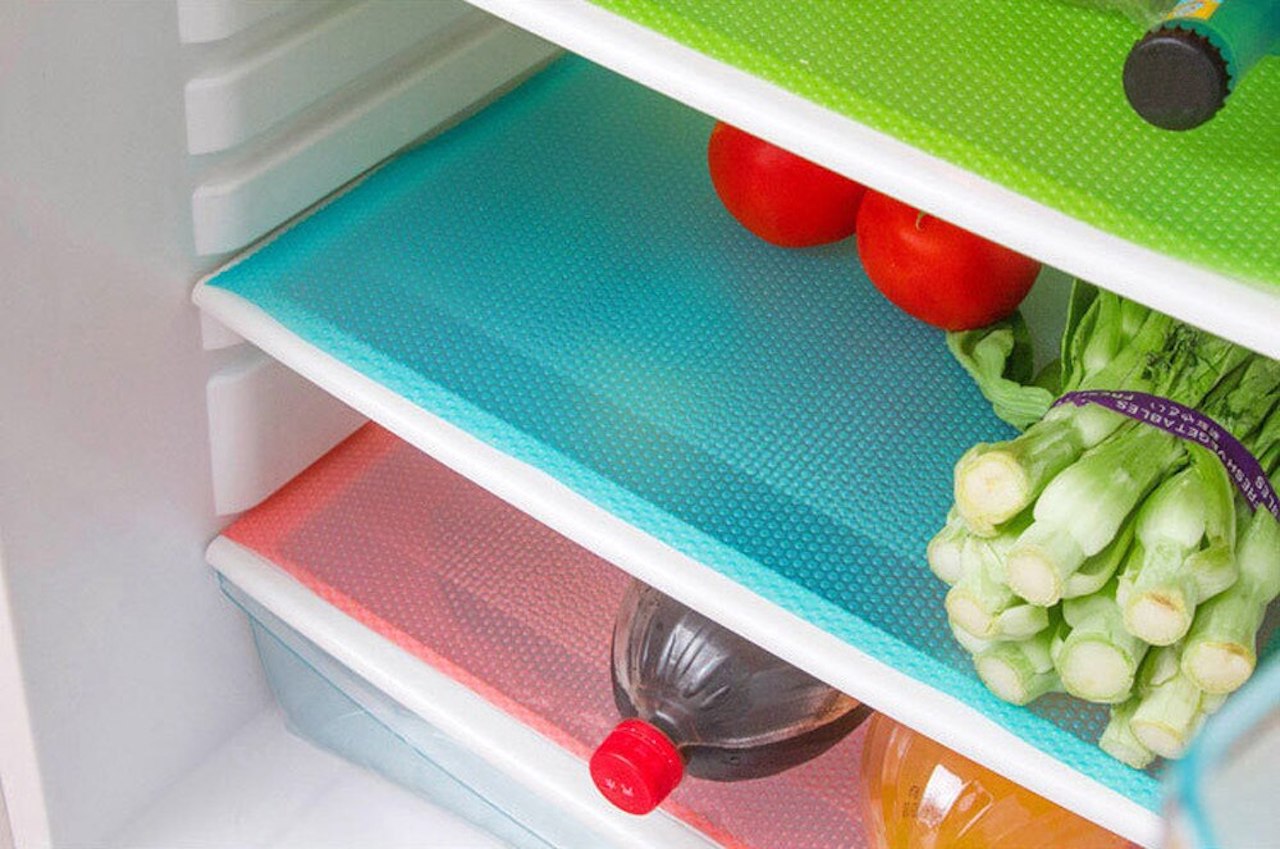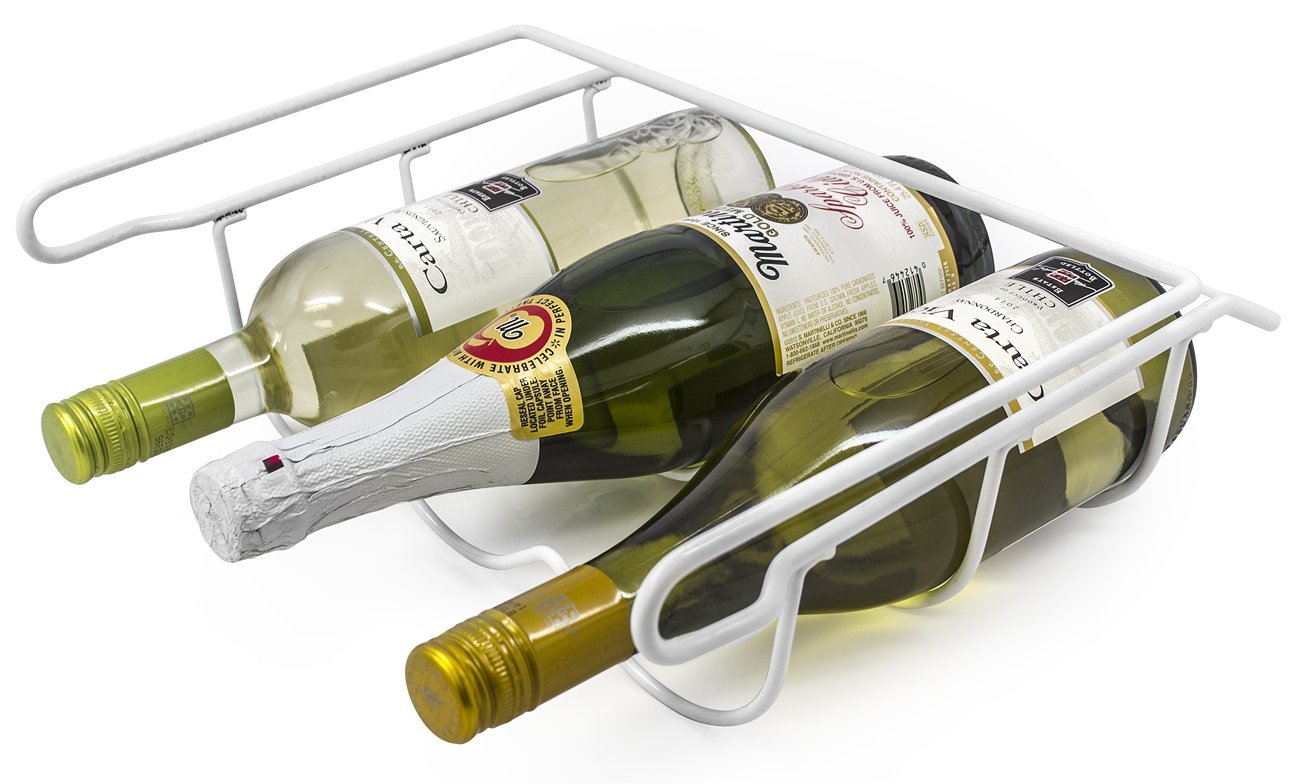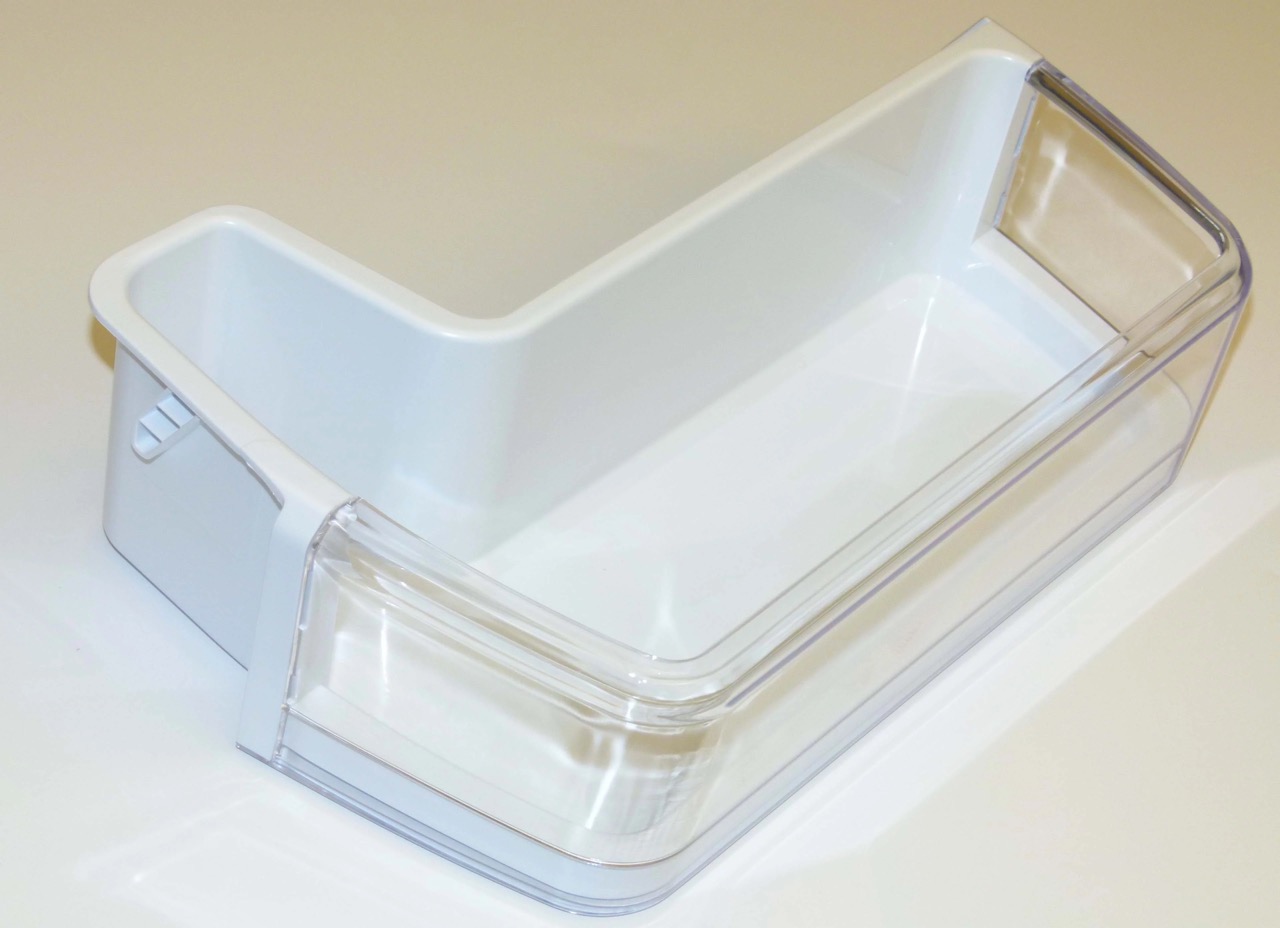Home> Fridge Organization
Fridge Organization: Unlock More Space With Our Top Tips
Maximize your fridge space like a pro! Explore our ultimate guide for fridge organization, and enjoy a clutter-free, efficient kitchen today.
8 Surprising Foods To Store In The Refrigerator
By: Sophie Thompson • 45 Best Kitchen Storage Ideas You Can't Miss Out On
Refrigerator Organizing Mistakes To Avoid, According To Pros
By: Chloe Davis • 45 Best Kitchen Storage Ideas You Can't Miss Out On
Organizing A Refrigerator: 13 Safe Ways To Keep Food Fresh
By: Daniel Carter • 45 Best Kitchen Storage Ideas You Can't Miss Out On
